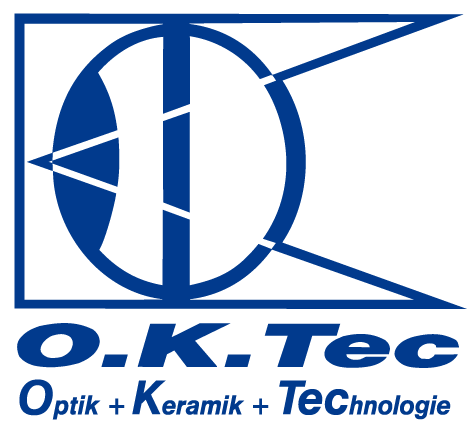
Achieved Ratings
Some facts what was achieved:
560°C@250bar(3626 psi) in petrochemicals Done 1998 by SHELL Research in their Amsterdam labs
300°C@300bar(4351 psi) in heat transfer fluid Own experiment done 1998 using a autoclave (Haage)
300°C@300bar(4351 psi) in water Own experiment done 1998 using a autoclave (Haage)
25°C@400bar(6000psi) in water TÜV Thüringen
History:
* idea and first request 1990
* 1993 first probe with collimated beams
in Ø 12mm design like a pH-probe
(still metal made)
* December 1993 first probe prototypes
* 1994 first applications
* November 1995 production capabilty
* idea and first request 1990
* 1993 first probe with collimated beams
in Ø 12mm design like a pH-probe
(still metal made)
* December 1993 first probe prototypes
* 1994 first applications
* November 1995 production capabilty
Types of Probes
Achieved Rating
Installation
Spectrometers
Conductivity

FAQ
Imprint
Data
Protection
Protection
Strain relief of the cable















